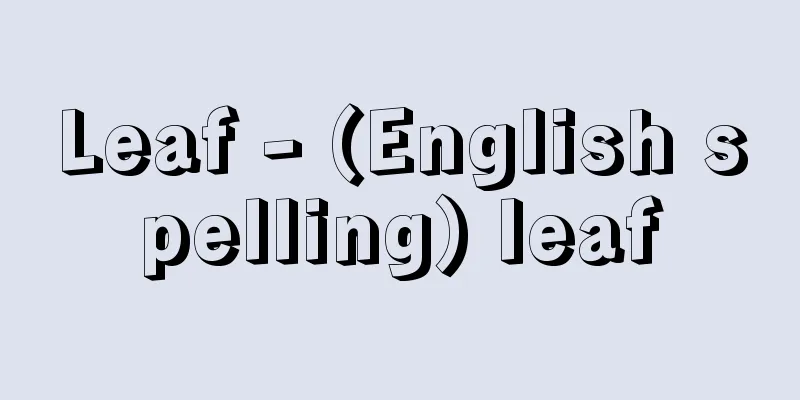Egami Namio

|
Born: November 6, 1906 in Yamaguchi [Died] November 11, 2002. Kanagawa Oriental history scholar and archaeologist. In 1930, he graduated from the Department of Oriental History at Tokyo Imperial University and immediately became a student of the Society for East Asian Archaeology, traveling to Beijing and conducting research with Mizuno Seiichi and others in the Great Wall area and other areas. In 1931, he became a researcher at the Institute of Oriental Culture (later the Institute of Oriental Culture at the University of Tokyo), and in 1948, a professor at the University of Tokyo. During this time, he also made expeditions to Inner Mongolia, deepening his research into the actual conditions of the horse-riding ethnic groups, and published works such as A Crossing of the Mongolian Plateau (1937), A Survey of the Geology, Paleontology, and Anthropology of the Mongolian Plateau at Xilin Guo'er and Ulanqabu (1943), and The Ancient Northern Culture of Eurasia (1948). Furthermore, in 1948, he proposed the idea of a horse-riding peoples' conquest theory, which attempted to reinterpret the formation of the Japanese people and the nation from a world historical perspective, and spent the next 10 years publishing it in 1964 in The Formation of the Minshu in Japan and the Origin of the Nation. After retiring from the government in 1967, he served as professor at Sapporo University, professor at Sophia University, director of the Ancient Orient Museum, president of the Japanese Archaeological Association, and in 1972, president of the Society for Considering the Ancient Culture of East Asia, which was formed in cooperation with citizens. He strived to provide ordinary Japanese people with a view of history that was not bound by stereotypes, and published The Horse-riding Peoples' Nation, as well as a collection of poems under the pen name Genjin, Genjin Shishu (Genjin Poetry Collection) (1975). His younger brother was biochemist Fujio Egami. In 1983, he was appointed a Person of Cultural Merit, and in 1991, he was awarded the Order of Culture. In 1992, he was awarded the Order of the Polar Star by the Mongolian government. Source: Encyclopaedia Britannica Concise Encyclopedia About Encyclopaedia Britannica Concise Encyclopedia Information |
|
[生]1906.11.6. 山口 [没]2002.11.11. 神奈川 東洋史学者,考古学者。 1930年東京帝国大学東洋史学科を卒業と同時に東亜考古学会の留学生となって北京に渡り,水野清一らとともに長城地帯をはじめ各地の調査研究を行なった。 1931年東方文化学院 (のちの東京大学東洋文化研究所) 研究員,1948年東京大学教授。この間も内モンゴルへの踏査旅行をするなどして,騎馬民族諸集団の実態に関する研究を深め,『蒙古高原横断記』 (1937) ,『蒙古高原──錫林郭爾,烏蘭察布に於ける地質・古生物,人類の調査』 (1943) ,『ユウラシア古代北方文化』 (1948) などの著作を発表した。さらに 1948年には,日本人および国家の形成を世界史的な観点からとらえ直そうという騎馬民族征服説の構想を打ち出し,その後 10年余をかけて 1964年『日本における民族の形成と国家の起源』にまとめた。 1967年の退官後は札幌大学教授,上智大学教授,古代オリエント博物館館長,日本考古学協会会長,さらに 1972年市民との連合による「東アジアの古代文化を考える会」会長などを歴任。一般の日本人に固定観念にとらわれない歴史観を提供することに努め,『騎馬民族国家』を発表したほか,幻人の筆名で詩集『幻人詩抄』 (1975) も上梓している。生化学者江上不二夫は実弟。 1983年文化功労者。 1991年文化勲章を受章。 1992年モンゴル政府より北極星勲章を授与される。 出典 ブリタニカ国際大百科事典 小項目事典ブリタニカ国際大百科事典 小項目事典について 情報 |
Recommend
Wagtail - Wagtail
A general term for a group of birds in the Wagtail...
Takanosu [Hot Spring] - Takanosu
This hot spring is located in Sekikawa Village, Iw...
Water Bloom
A phenomenon in which phytoplankton proliferate a...
Betelgeuse
The proper name of the alpha star in Orion. It is...
Nakagawa
[1] [Noun] ① The river between the three rivers. ②...
Sardine - Sardine
...It is not eaten because it has many small bone...
Don Juan in Hell
...An ironic work that interprets the Don Juan le...
Jitter
Distortion of video and audio caused by time fluct...
The Empress Dowager - Kitanomandokoro
It is an honorific title for the wife of a regent...
Queue - Machigyoretsu
It is one of the central techniques in operations ...
Jones, Brian
…A British group at the top of rock. Vocalist Mic...
Edelfelt, A. (English spelling) EdelfeltA
…The first Finnish landscape painter to be inspir...
Government Synthetic Rubber Program
… Meanwhile, in the United States, DuPont's d...
Ayo, F. (English spelling) AyoF
...Their performances were full of bright tones a...
Water book - Mizucho
〘Noun〙 (Both "mizucho" and "mizucho...





![New Caledonia [island] - New Caledonia](/upload/images/67cc72554be4a.webp)



